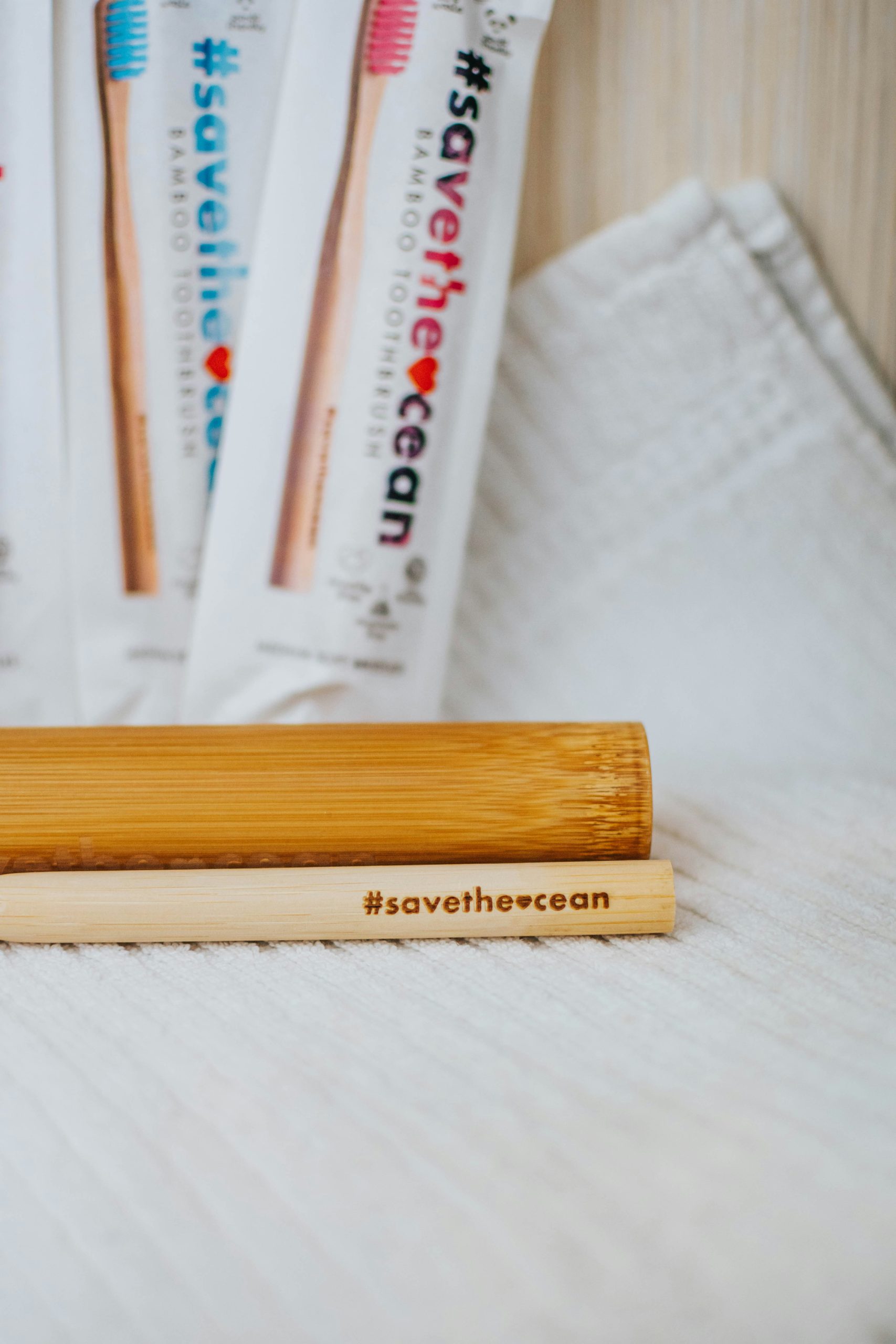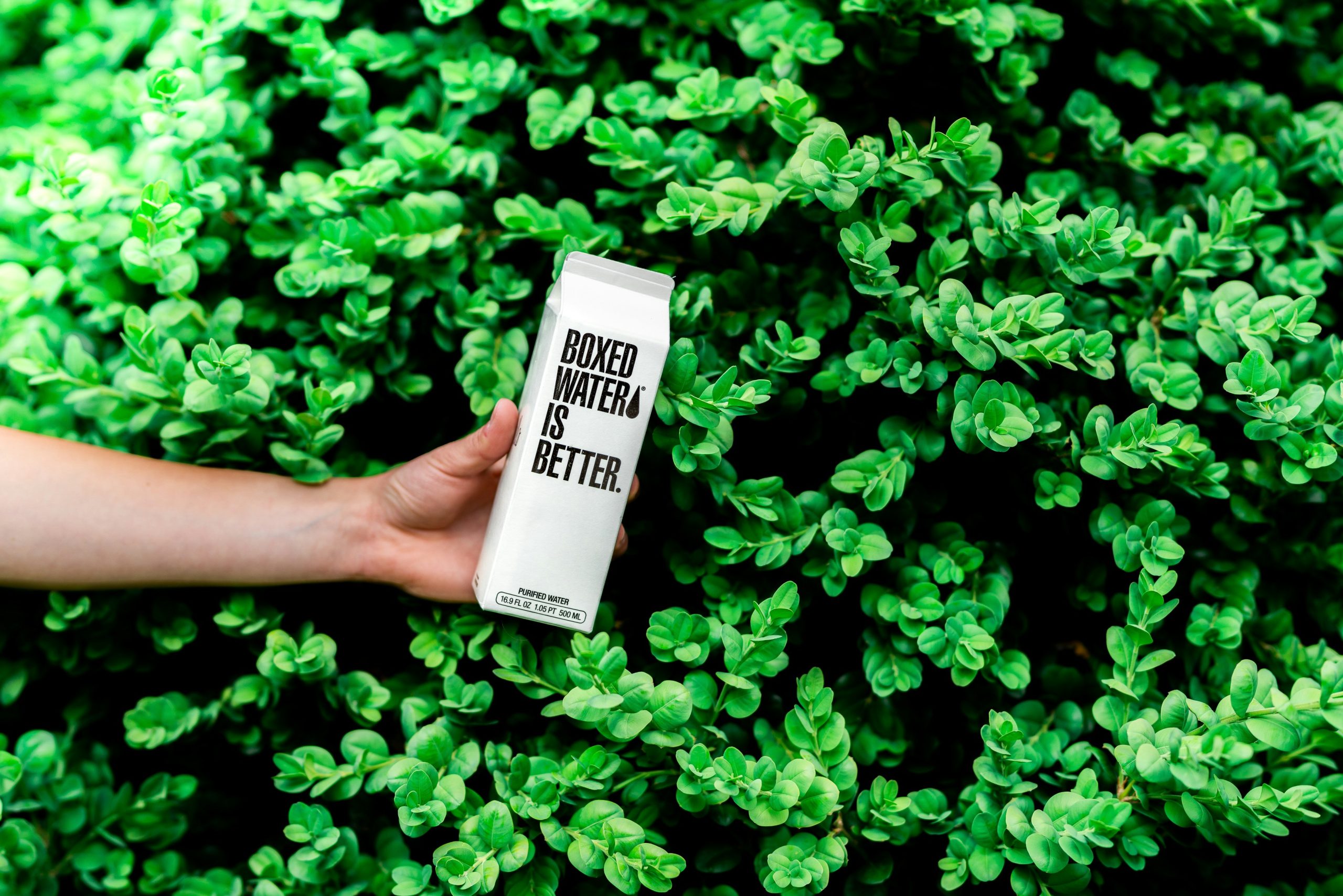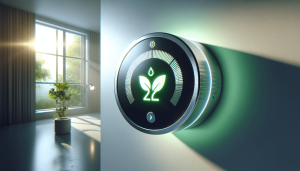How can we ensure our home renovation is eco-friendly? This question often comes to mind when we’re considering upgrading our living space, reflecting not only our style but also our commitment to the environment. The concept of green renovation isn’t just about using sustainable materials, but it’s a holistic approach that includes energy efficiency, waste reduction, and creating healthier living environments. Let’s discuss how we can make our home renovation both stylish and sustainable while contributing positively to the planet.
Understanding Eco-friendly Renovations
To truly understand how we can ensure our home renovation is eco-friendly, we must first grasp what eco-friendly renovation entails. It’s more than replacing a few light bulbs with LEDs; it covers considering the environmental impact at every stage of our project.
The Principles of Eco-friendly Renovation
- Energy Efficiency: Enhancing our home’s insulation, opting for energy-efficient appliances, and installing solar panels.
- Sustainable Materials: Using materials that are recycled, reclaimed, or sustainably sourced.
- Waste Reduction: Minimizing waste through careful planning and recycling during demolition.
- Healthy Living Environment: Choosing non-toxic paints and materials that improve indoor air quality.
Planning Our Green Renovation
The planning phase is crucial in ensuring that our renovation is eco-friendly. This is where we decide on designs, materials, and methods that will have the least impact on the environment.
Setting Our Goals
Having clear, eco-friendly goals can help guide our entire renovation process. Do we want to reduce energy consumption? Use only sustainable materials? Create less waste? Or all of the above? For instance, we might decide that cutting down on our electricity usage by 30% is a key goal.
Examples of Eco-friendly Goals:
| Goal | Details |
|---|---|
| Reduce Energy Consumption | Install efficient heating and cooling systems |
| Use Sustainable Materials | Choose bamboo or recycled wood flooring |
| Minimize Waste | Repurpose old furniture and recycle debris |
Budgeting for Sustainability
One common misconception is that eco-friendly renovations are always more expensive. While some sustainable options might cost more upfront, they often save money in the long run. Proper budgeting can help us plan for these initial investments.
Budgeting Tips:
- Prioritize: Focus on the most impactful changes first, like insulation and energy-efficient windows.
- Research Incentives: There may be local, state, or federal incentives for green renovations.
- Seek Wholesale Options: Sustainable materials can sometimes be found at wholesale prices or through reclaimed sources.

Choosing Sustainable Materials
When it comes to materials, we have a plethora of choices that can make our renovation environmentally friendly.
Sustainable Building Materials
We should opt for materials that have lower environmental costs and longer lifespans. Here are some excellent choices:
- Bamboo: A fast-growing, renewable resource that’s stronger than many hardwoods.
- Recycled Metal: Great for roofing and fixtures, reducing the need for new mining.
- Recycled Glass Tiles: Stylish and eco-friendly for kitchens and bathrooms.
- Cork Flooring: Harvested sustainably from the bark of cork oak trees.
Low-VOC Paints and Finishes
Traditional paints and finishes often release volatile organic compounds (VOCs) into the air, which can harm our health. Low-VOC and zero-VOC options are better for us and the environment.
Advantages of Low-VOC Paints:
- Better indoor air quality
- Reduced environmental toxins
- Equal performance to traditional paints
Energy Efficiency
One of the biggest impacts we can make through our renovation is improving our home’s energy efficiency.
Insulation
Proper insulation is crucial in maintaining a consistent indoor temperature, reducing the need for heating and cooling. There are many eco-friendly insulation options:
- Cellulose Insulation: Made from recycled newspaper, it’s both effective and sustainable.
- Wool Insulation: Naturally fire-resistant and non-toxic.
- Cotton (Denim) Insulation: Recycled from jeans, it’s an excellent insulator and safe to handle without special equipment.
Windows and Doors
Windows and doors can be major sources of heat loss. Upgrading to energy-efficient options can significantly reduce this.
Energy-efficient Window Options:
| Type | Benefits |
|---|---|
| Double or Triple-pane Windows | Better insulation properties |
| Low-emissivity (Low-E) Glass | Reflects heat back into the room |
| Argon or Krypton Gas-filled Windows | Superior insulation compared to air-filled windows |
Heating and Cooling Systems
An efficient HVAC system can cut our energy use drastically. We should look for Energy Star-rated systems that promise high efficiency.
Sustainable HVAC Options:
- Heat Pumps: Use less electricity and work efficiently even in cold climates.
- Radiant Floor Heating: Provides uniform heating and can be powered by solar energy.
- Geothermal Systems: Use ground temperature to heat and cool our homes efficiently.

Energy Sources
In addition to making our home more efficient, we can also shift to renewable energy sources to further reduce our carbon footprint.
Solar Panels
Installing solar panels can significantly cut down our electricity bills and reduce reliance on fossil fuels. Solar technology has advanced, making panels more efficient and cost-effective.
Steps to Install Solar Panels:
- Assess Roof Space and Sun Exposure: Ensure we have adequate space and sunlight.
- Choose the Right Panels: Opt for high-efficiency panels suited to our climate.
- Find a Reputable Installer: Certified installers can handle the installation and potential subsidies.
Wind Turbines
For those with more space, small wind turbines can be a great addition to complement solar power. They work particularly well in windy areas.
Benefits of Wind Turbines:
- Continuous energy production, even at night
- Works synergistically with solar panels
- Reduces electricity costs
Water Efficiency
Water conservation is another crucial aspect of an eco-friendly renovation. We can make several changes to ensure we use water wisely.
Low-flow Fixtures
One of the easiest changes is installing low-flow fixtures, which use less water without sacrificing performance.
Types of Low-flow Fixtures:
| Fixture | Water Savings |
|---|---|
| Low-flow Showerheads | Up to 50% water savings compared to traditional heads |
| Dual-flush Toilets | Use less water for liquid waste |
| Faucet Aerators | Reduce water flow while maintaining pressure |
Rainwater Harvesting
Harvesting rainwater for irrigation and even indoor use can further reduce our dependence on municipal water.
Setting Up Rainwater Harvesting:
- Install Gutters and Downspouts: Direct rainwater into a collection system.
- Choose a Storage Tank: Size it based on our typical rainfall and usage needs.
- Develop a Distribution System: Connect the tank to irrigation systems or toilets.
Greywater Systems
Recycling greywater—wastewater from sinks, showers, and washing machines—can be another efficient way to conserve water. We can use treated greywater for irrigation and flushing toilets.
Building a Greywater System:
- Divert Wastewater: Install a system to safely divert and filter greywater.
- Set Up an Irrigation System: Use greywater to water our garden, ensuring it’s safe for plants.

Reducing Waste
Waste reduction is essential in eco-friendly renovations. A lot of waste is generated during renovation projects, but with careful planning, we can minimize this.
Deconstruction vs. Demolition
Rather than demolishing parts of our home, we can opt for deconstruction. This process carefully dismantles buildings to reuse materials.
Benefits of Deconstruction:
- Salvages valuable materials
- Reduces landfill waste
- Can often be faster and cheaper than demolition
Recycling and Reusing Materials
We should always consider recycling and reusing materials where possible. Everything from steel beams to old bricks can be reused.
Tips for Reusing Materials:
- Architectural Salvage Yards: Find unique, reclaimed materials.
- Refinish Old Furniture: Give it a new life rather than buying new.
- Donate Unused Materials: Organizations can often use surplus building supplies.
Creating a Healthy Living Environment
An eco-friendly home is also a healthy home. We should focus on improving indoor air quality and using non-toxic materials.
Ventilation
Proper ventilation ensures that fresh air circulates throughout our home, reducing pollutants and moisture buildup.
Effective Ventilation Strategies:
- Exhaust Fans: Use in kitchens and bathrooms to remove moisture and odors.
- Energy Recovery Ventilators (ERVs): Improve indoor air quality by exchanging contaminated indoor air with fresh outdoor air.
- Natural Ventilation: Use windows and vents to promote airflow.
Non-toxic Materials
Using non-toxic, natural materials can help us avoid indoor pollutants. Options include natural fiber rugs, untreated wood, and lime plaster.
Benefits of Non-toxic Materials:
- Better air quality
- Reduced health risks
- Often more sustainable

Landscaping and Outdoor Spaces
Our commitment to eco-friendly renovations doesn’t have to stop at the door. We can also make sustainable choices for our landscaping.
Native Plants
Choosing native plants for our garden saves water and creates a habitat for local wildlife.
Advantages of Native Plants:
- Require less water and maintenance
- Support local ecosystems
- Typically more resistant to local pests
Permeable Paving
Using permeable paving materials in our driveways and walkways can help manage stormwater runoff and reduce flooding.
Types of Permeable Paving:
| Material | Benefits |
|---|---|
| Permeable Asphalt or Concrete | Allows water to pass through |
| Interlocking Pavers | Spaces between pavers allow drainage |
| Gravel or Pebbles | Excellent drainage and natural appearance |
Engaging Professionals
Ensuring our renovation is eco-friendly often means bringing in professionals who specialize in sustainable building practices.
Green Architects and Contractors
Hiring professionals with experience in eco-friendly projects can ensure our goals are met efficiently and effectively.
Finding the Right Professionals:
- Certifications: Look for LEED accreditation or other green building certifications.
- Portfolio: Review past projects to ensure they align with our vision.
- Recommendations: Seek out referrals from friends or online reviews.
Sustainable Certification
For those of us committed to making substantial eco-friendly changes, aiming for certifications like LEED (Leadership in Energy and Environmental Design) or Energy Star can provide a structured approach.
Steps to Certification:
- Plan: Establish which certification is achievable and plan accordingly.
- Document: Keep thorough records of materials, methods, and efficiencies.
- Audit: Work with a certified professional to audit our project.
- Achieve: Meet the requirements and gain certification.

Wrapping it up: Our Guide to Eco-friendly Renovation
By considering energy efficiency, sustainable materials, water conservation, and waste reduction, we ensure our home renovation is kind to both the environment and our well-being. While the path to an eco-friendly home requires careful planning, the benefits, both immediate and long-term, make the effort worthwhile. We hope this guide inspires us to take that greener step forward, knowing that each choice contributes to a healthier, more sustainable planet. Together, let’s create homes that reflect our eco-conscious values and lead us towards a brighter, greener future.



